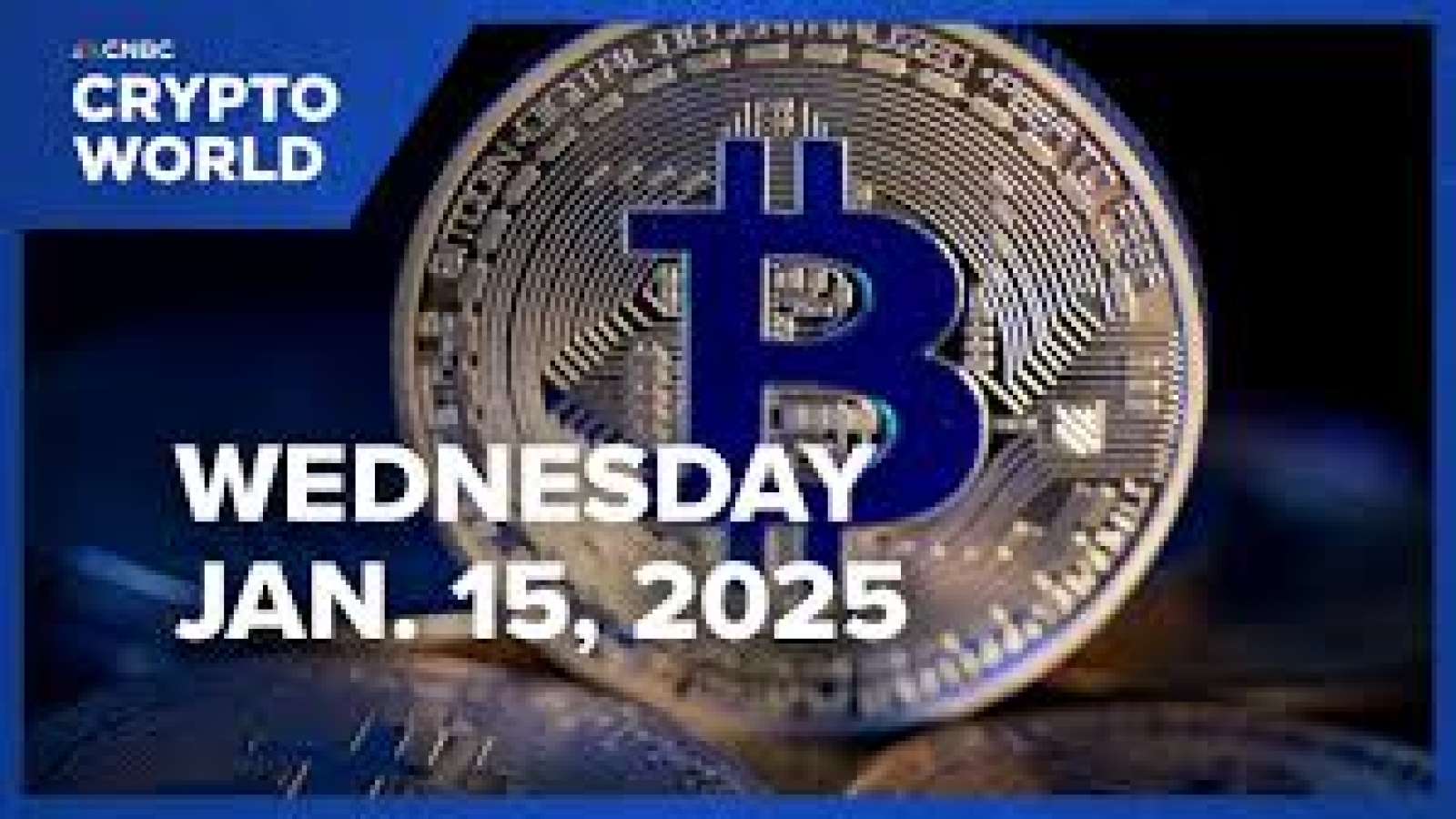The cryptocurrency market witnessed a surprising surge this December as Bitcoin (BTC) rebounded significantly, spurred by the unexpected slowdown in core inflation. This development has brought a wave of optimism to investors, signaling potential relief in a market that has faced persistent volatility.
The Inflation Connection
Core inflation, which excludes volatile items like food and energy, is a critical metric for assessing the underlying trends in price stability. The December slowdown defied analysts’ expectations, suggesting that inflationary pressures may finally be easing. This development has significant implications for the Federal Reserve’s monetary policy, with investors speculating on a possible pause or slowdown in interest rate hikes.
Bitcoin’s Response
As inflation eased, Bitcoin responded with a sharp upward movement, reclaiming key levels of support. Here’s why the slowing inflation has bolstered Bitcoin’s value:
- Weaker Dollar: Lower inflation reduces the need for aggressive rate hikes, weakening the dollar and making Bitcoin more attractive as an alternative store of value.
- Investor Confidence: The slowdown alleviates fears of prolonged economic tightening, encouraging risk-on behavior among investors.
- Digital Gold Narrative: Bitcoin’s role as a hedge against inflation gains traction during periods of economic uncertainty.
Market Sentiment Improves
The rebound in Bitcoin’s price reflects a broader improvement in market sentiment. Other major cryptocurrencies, such as Ethereum (ETH) and Solana (SOL), also registered gains, further signaling renewed investor confidence in the crypto space.
What’s Next for Bitcoin?
While this rebound is a positive development, the market remains cautious:
- Fed’s Next Move: All eyes are on the Federal Reserve’s upcoming decisions. A dovish stance could sustain Bitcoin’s momentum, while hawkish measures may introduce renewed volatility.
- Regulatory Landscape: Ongoing regulatory developments continue to influence the crypto market’s long-term stability.
- Global Macroeconomics: Broader economic trends, including geopolitical factors and employment data, will play a crucial role in shaping Bitcoin’s trajectory.
Conclusion
The unexpected slowdown in core inflation has breathed new life into the cryptocurrency market, with Bitcoin leading the charge. While uncertainties remain, this rebound highlights the resilience and growing maturity of digital assets as a component of the global financial ecosystem.
As the world continues to navigate economic challenges, Bitcoin’s role as a hedge, an investment vehicle, and a technology-driven asset class remains more relevant than ever.

